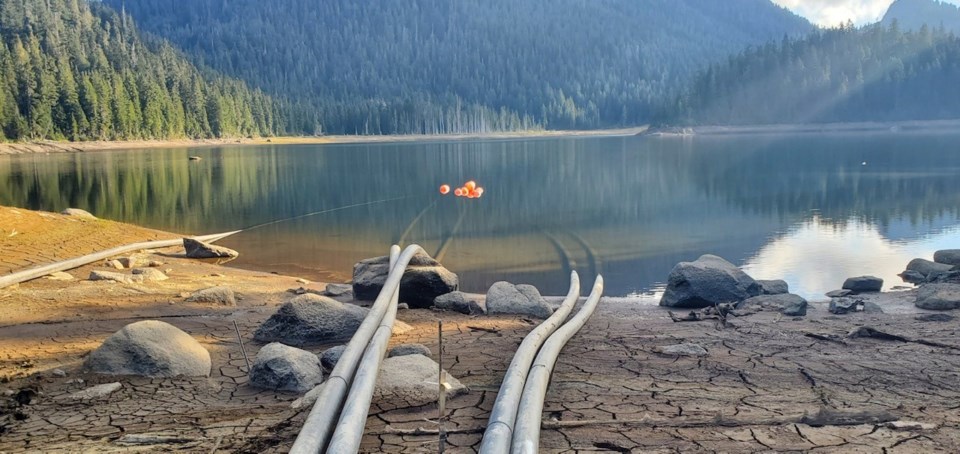By paying residents to give up their lawns, Southern Nevada, including the City of Las Vegas, has so far replaced more than 22 million square feet of grass.
The Southern Nevada Water Authority rebates owners of single-family residential properties, $5 per square foot of grass removed and replaced with desert landscaping — up to the first 10,000 square feet — and $3.50 per square foot for any remaining land, per fiscal year (July 1 to June 30). The initiative is partially funded by state and federal grants.
Bronson Mack, public information officer with the Southern Nevada Water Authority (SNWA) and Las Vegas Valley Water District, says to-date, the Water Smart Landscapes Rebate Program has replaced enough grass to take a strip of sod and stretch it all the way around the circumference of the Earth.
“If you consider that every square foot, and I apologize I'm not speaking in metric terms, every square foot of grass in Las Vegas requires 73 gallons of water to survive every single year,” says Mack. “Seventy-three gallons of water on a single square foot of grass is a column of water that is 10 feet high. That is the height of an NBA basketball hoop. We don't even have swimming pools in Las Vegas that are 10 feet deep.”
Mack adds water-efficient landscaping trees and plants are irrigated strictly by drip emitting irrigators applied directly to the root zones of plants and trees, rather than spraying or sprinkling as is done for grass, much of which is over spray or evaporates. He adds, irrigating trees and plants with drip systems requires 18 gallons of water per square foot, which is a column of water less than three feet tall.
“So, by making this change in our landscaping, replacing grass with drip irrigated trees and plants, we save 55 gallons per square foot,” says Mack. “It’s a significant water savings to us and this program. The Water Smart Program saves more than 12 billion gallons of water each year.”
Businesses, homeowners associations and multi-family properties also qualify for the program, but at $3 per square foot of lawn replaced by desert landscaping up to the first 10,000 feet, and $1.50 per square foot after. Customers and property owners taking part in the program are requited to sign an agreement, which states that since they received public dollars to replace their grass, they will not put any back in.
“So, we get permanent water savings and that continues to compound year over year, over year,” says Mack.
The Sunshine Coast Regional District announced last week that both Chapman and Eastbourne Water Systems will move to Stage 2 or "moderate" restrictions as of July 5. At Stage 2, lawn watering is prohibited.
Food-producing plants and trees can be watered with a hand-held hose with a nozzle, hand-held container or drip-irrigation at any time. Watering trees, shrubs or flowers with sprinklers, soaker hoses, or micro-spray systems is allowed two days per week (Thursday and Sunday for even-numbered addresses, Wednesday and Saturday for odd-numbered addresses) between 7 and 9 a.m. Food-producing crops can be watered during those time periods and also between 7 and 9 p.m. on those same watering days. Washing of vehicles is permitted at any time with a container or hand-held hose with nozzle.
Serious drought, including Stage 4 conditions, has become an annual occurrence on the Sunshine Coast, some so severe they were declared a state-of-emergency.
In response to an inquiry from the Coast Reporter about a move to encourage residents to consider replacing their lawns with water-efficient landscaping, the SCRD said in an email, “The SCRD is encouraging users to use drinking water as efficiently as effectively as possible. Because lawns can also be watered with collected rainwater or grey water, the SCRD is currently not considering to directly encourage people to give up their lawns.”
Mack says over the past 30 years, he’s seen remarkable changes to the Las Vegas landscape due to the same drought-related issues.
“Going from a community of wall-to wall-carpeting of grass on just about every single parcel of land that we had developed here in our valley, to now. We’re seeing a much more diverse population of trees and plants a whole lot less grass,” says Mack.


